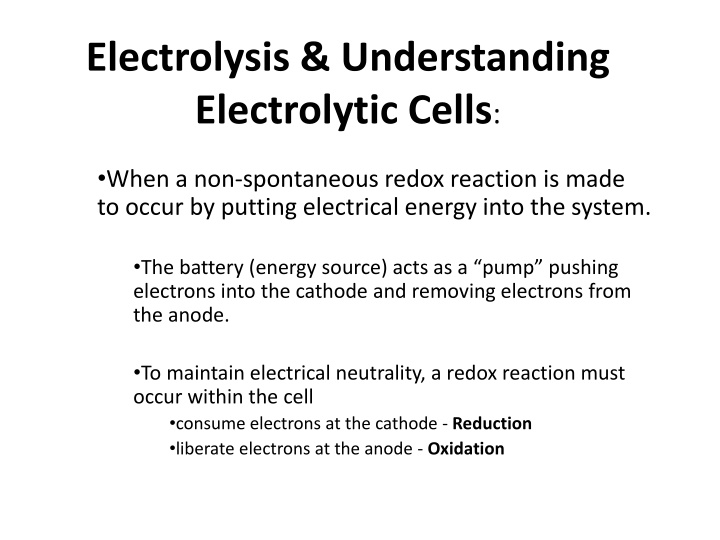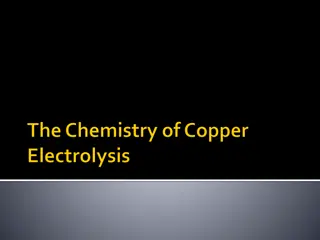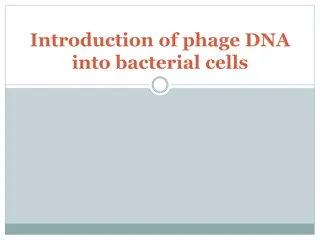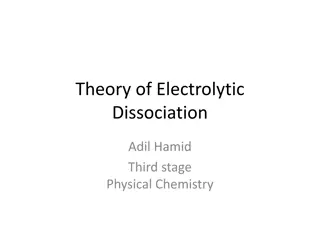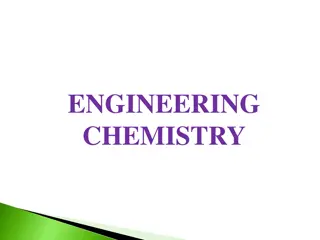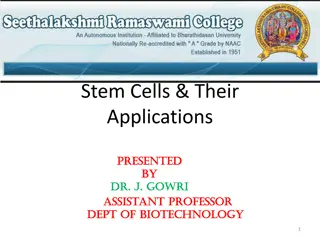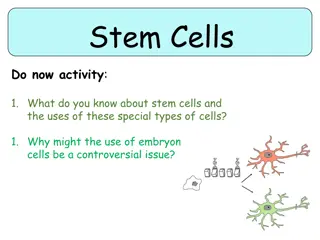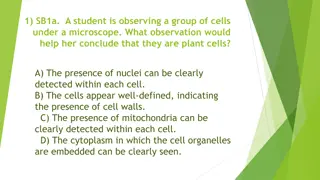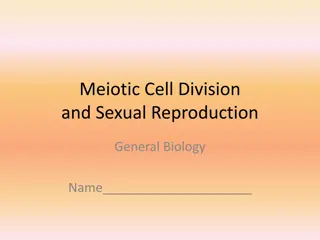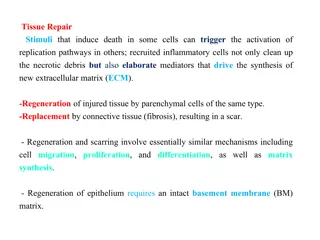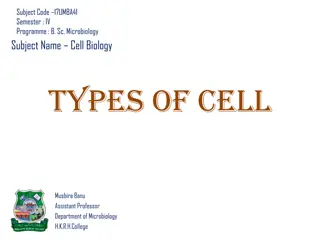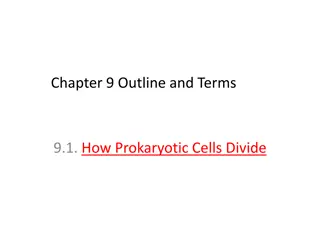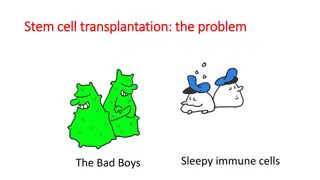Electrolysis & Understanding Electrolytic Cells
Electrolytic cells involve non-spontaneous redox reactions driven by electrical energy. Electroplating utilizes electric current to deposit metal ions onto a surface. Learn about electrolysis, galvanic vs. electrolytic cells, and applications like purification of metals. Understand the calculations involved in electroplating processes.
Download Presentation

Please find below an Image/Link to download the presentation.
The content on the website is provided AS IS for your information and personal use only. It may not be sold, licensed, or shared on other websites without obtaining consent from the author.If you encounter any issues during the download, it is possible that the publisher has removed the file from their server.
You are allowed to download the files provided on this website for personal or commercial use, subject to the condition that they are used lawfully. All files are the property of their respective owners.
The content on the website is provided AS IS for your information and personal use only. It may not be sold, licensed, or shared on other websites without obtaining consent from the author.
E N D
Presentation Transcript
Electrolysis & Understanding Electrolytic Cells: When a non-spontaneous redox reaction is made to occur by putting electrical energy into the system. The battery (energy source) acts as a pump pushing electrons into the cathode and removing electrons from the anode. To maintain electrical neutrality, a redox reaction must occur within the cell consume electrons at the cathode - Reduction liberate electrons at the anode - Oxidation
Electrolysis Cell DC voltage- with high enough voltage, chemical reactions will occur at the two electrodes. Ions present for current to flow Cathode Anode
Electrolysis of molten state Application: purification of metals Example: NaCl(l) -achieved only at 800 C. Na+ attracted to cathode (-) and undergoes reductions. Cl- is attracted to the anode (+) and undergoes oxidation. 2Na+ + 2e- 2Na(l) 2Cl- 2e- + Cl2(g)_____ 2Na+ + 2Cl- 2Na(l) + Cl2(g)
Electrolysis of Aqueous Solutions Electrolysis in aqueous solutions also includes the presence of H2O which may undergo either oxidation or reduction (depending on energy requirements) Species present: [Na+, Cl-, H2O] Possible Reduction: Na+(aq) + e- Na(s) 2H2O(l) + 2e- H2(g) + 2OH-(aq) Possible Oxidation: 2Cl-(aq) Cl2(g) + 2e- 2H2O(l) 2H2(g) + O2(g) + 4e- 2H2O(l) + 2Cl-(aq) H2(g) + 2OH-(aq) +Cl2(g) Since the process is NOT spontaneous, E must have a net (-) value. Compare E(V) for each half reaction to determine what is occurring at each electrode. This cell is unique when we compare the oxidation of Cl- & H2O
Electrolysis and Electroplating Electric current is passed through a solution containing a salt of the metal to be plated. The object to be plated is the cathode and the metal ion is reduced on its surface.
Calculations & electroplating By knowing the # of moles e- that are required and the current flow/time one is able to calculate the mass of metal plated. Using a solution containing Ag+(aq) ions, metallic silver is deposited on the cathode. A current of 1.2A is applied for 2.4 hours. What is the mass of silver formed? (Useful conversions provided) Charge: 2.4hrs 3600s 1.12A = 9675.8C 1 hr Mass of Ag: 9676.8 C 1 mole e- 1 mole Ag(s) 107.9g 96,485C 1 mole e- 1mole Ag Answer: 10.8g
Useful Relationships: Used to relate electricity through an electrolytic cell and the amount of substances produced by the redox process. Quantity Unit Relationship Conversion Factor Charge Coulomb (C) 1C = 1A S = 1J/V 1 mole e- = 96,480C Current Ampere (A) 1A = 1C/s Potential Volt (V) 1V = 1J/C Power Watt (W) 1W = 1 J/s Energy Joule (J) 1J = 1V C
Sample Problem: A current of 2.20A is passed through a solution containing Pb2+ for 2.00 hours, with lead metal being deposited at the cathode. What mass of lead is deposited? 2.00 hr. 60 min. 60 sec. 2.20C 1mole e- 1mole Pb(s) 207.2 g Pb 1 hr. 1 min. S 96,500C 2 mole e- 1mole Pb = 17.0g Pb
Sample Problem: Chromium metal can be electroplated from a water solution of potassium dichromate; the reduction half reaction is: Cr2O72-(aq) + 14H+(aq) + 12 e- 2 Cr(s) + 7 H2O(l) How many grams of chromium will be plated by 1.00x104C? ( Strategy: Coulombs mole e- mole Cr mass Cr) Ans. = 0.898g Cr
